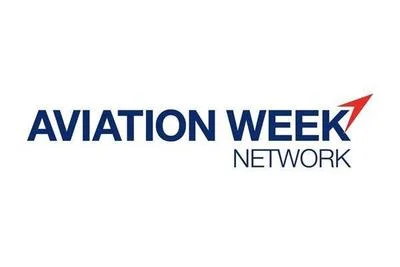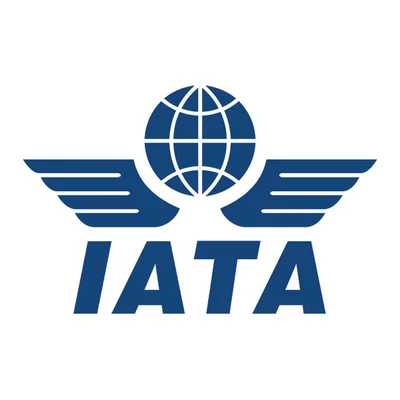The Rolls-Royce Trent 1000 aircraft engine, utilized extensively in the aviation industry, has encountered significant issues affecting both airlines and passengers globally. Originally developed in 2006 for the Boeing 787, or Dreamliner, the engine was notable for being interchangeable with General Electric's engines, providing airlines with maintenance flexibility. With the Dreamliner entering service in 2011 with All Nippon Airways, the engine has since accumulated over 20 million flying hours.
Problems began surfacing in early 2016 when corrosion-related fatigue cracking was identified in the turbine blades of the engines used in Boeing 787s by All Nippon Airways. A design flaw and changes in environmental conditions due to the use of new materials made the blades prone to cracking, leading to aircraft groundings and costly repercussions for Rolls-Royce. Following these issues, the US Federal Aviation Administration (FAA) and the European Union Aviation Safety Agency (EASA) reduced the Boeing 787's ETOPS, restricting the aircraft's operation to within 140 minutes of a suitable airport. This reduction affected airline operations, especially for transpacific routes, and prompted frustration due to spare part shortages that prolonged downtime for the aircraft.
Virgin Atlantic, operating a fleet of 17 Boeing 787-9s with the Trent 1000 engine, was significantly affected. The airline had to cancel its planned London Heathrow to São Paulo route initially set for a 2024 launch and postponed its new service to Accra Kotaka International Airport to October 2025. A Virgin Atlantic spokesperson mentioned, “Our teams are working closely with our partners at Rolls-Royce on solutions to minimize disruption to our flying program."
 Alerts Sign-up
Alerts Sign-up





































